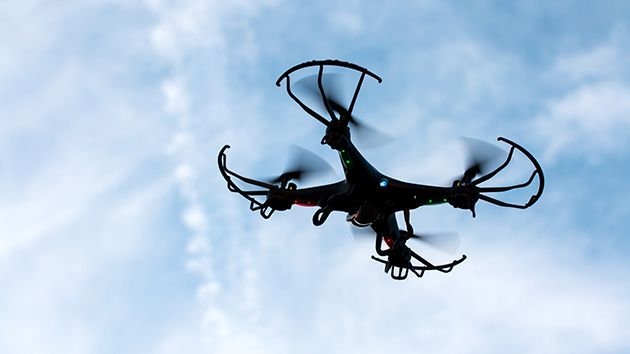X-Ray Eyes in the Sky — drones are able to complete 3D map renderings of objects behind walls.



(This is a followup post to three earlier posts on forecasting. The first in May 2015 forecast both blimp-based and dedicated building-based drone deployments (later patented by Amazon); The second in October 2015 largely predicted Elon Musk’s Tesla Masterplan Part Deux by 9 months, the third in July 2016 among other things correctly hypothesised the use of Model X falcon wings for future possible Tesla bus designs. I try to get it right but I mainly enjoy the idle speculation).
I was recently in San Francisco and had a very random number of drinks with two very friendly employees of US telco AT&T. As is often the case I turned the conversation towards autonomous vehicles, and more specifically two of Elon Musk’s companies, Tesla and SpaceX.
I was curious about how cars, such as a Model S, have much greater data connectivity needs than ever before. Right now, Teslas connect to AT&T’s network and it seems clear that data needs will only increase for data hungry vehicles that drive themselves. Already Tesla cars consume quite a few gigabytes of data per month.
Self-driving cars are pretty cool. Really, who wouldn’t want to spend their daily commute surfing social media, chatting with friends or finishing the Netflix series they were watching at 4 am the night before? It all sounds virtually utopian. But what if there is a dark side to self-driving cars? What if self-driving cars kill the jobs? ALL the jobs?
In this video series, the Galactic Public Archives takes bite-sized looks at a variety of terms, technologies, and ideas that are likely to be prominent in the future. Terms are regularly changing and being redefined with the passing of time. With constant breakthroughs and the development of new technology and other resources, we seek to define what these things are and how they will impact our future.


We’re about to enter the age of flying drone taxis.
Drones. Drone is a word you see pretty often in today’s pop culture. But drones seem to be an extremely diverse species. Even flightless vehicles are occasionally referred to as drones. So what exactly is a drone?
In this video series, the Galactic Public Archives takes bite-sized looks at a variety of terms, technologies, and ideas that are likely to be prominent in the future. Terms are regularly changing and being redefined with the passing of time. With constant breakthroughs and the development of new technology and other resources, we seek to define what these things are and how they will impact our future.
DARPA has unveiled a system that transforms its unmanned aerial systems (UAS) into warfare machines capable of conducting different missions without human intervention.
Prior to the announcement, the compact drones were only able to carry a single-function payload, which limited their abilities to one specific task in the field.
Now, a new effort, called Converged Collaborative Elements for RF Task Operations (CONCERTO), has provided the UAS with a flexible RF architecture that uses shared hardware – allowing the devices to swap missions mid-flight.

WASHINGTON — Approximately a dozen police, fire and emergency agencies surrounding Washington, D.C. are using drones to capture criminal suspects and fight fires, but the unmanned aircraft systems also are sparking privacy concerns and legislation.
At least 347 state and local police, sheriff, fire and emergency units in the United States have acquired drones, according to an April report by Center for the Study of the Drone at Bard College.
“More and more departments in the public safety space, particularly in law enforcement, are acquiring drones for a range of operations,” says Dan Gettinger, co-director of the research group.

SEATTLE Boeing Co is looking ahead to a brave new world where jetliners fly without pilots and aims to test some of the technology next year, the world’s biggest plane maker said in a briefing ahead of the Paris Airshow.
The idea may seem far-fetched but with self-flying drones available for less than $1,000, “the basic building blocks of the technology clearly are available,” said Mike Sinnett, Boeing’s vice president of product development.
Jetliners can already take off, cruise and land using their onboard flight computers and the number of pilots on a standard passenger plane has dropped to two from three over the years.